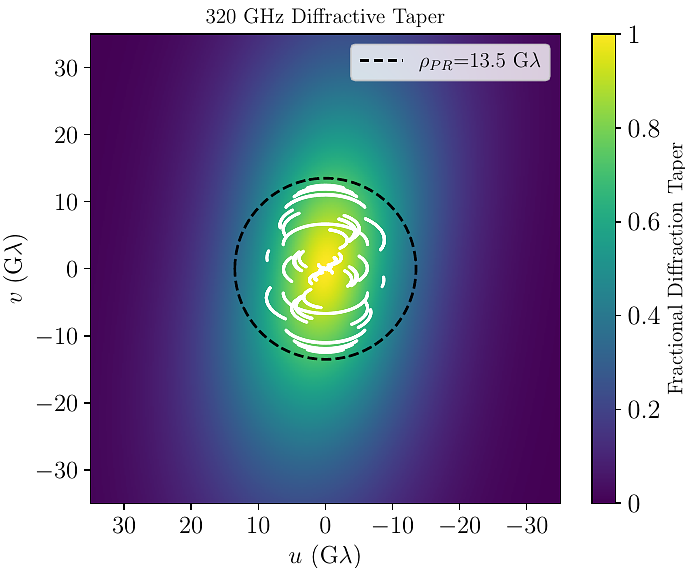Orbit design for mitigating interstellar scattering effects in Earth-space VLBI observations of Sgr A*

Orbit design for mitigating interstellar scattering effects in Earth-space VLBI observations of Sgr A*
Aditya Tamar, Ben Hudson, Daniel C. M. Palumbo
Abstract(abridged) The black hole Sagittarius A* (Sgr A*) is a prime target for next-generation Earth-space very-long-baseline interferometry missions such as the Black Hole Explorer (BHEX), which aims to probe baselines of the order of 20 G$\lambda$. At these baselines, Sgr A* observations will be affected by the diffractive scattering effects from the interstellar medium (ISM). Therefore, we study how different parameter choices for turbulence in the ISM affect BHEX's observational capabilities to probe strong lensing features of Sgr A*. By using a simple geometric model of concentric Gaussian rings for Sgr A*'s photon ring signal and observing at 320 GHz, we find that the BHEX-ALMA baseline has the required sensitivity to observe Sgr A* for a broad range of values of the power-law index of density fluctuations in the ISM and the inner scale of turbulence. For other baselines with moderate sensitivities, a strong need for observations at shorter scales of $\approx$ 13.5 G$\lambda$ is identified. For this purpose, an orbit migration scheme is proposed. It is modeled using both chemical propulsion (CP)-based Hohmann transfers and electric propulsion (EP)-based orbit raising with the result that a CP-based transfer can be performed in a matter of hours, but with a significantly higher fuel requirement as compared to EP, which however requires a transfer time of around 6 weeks. The consequences of these orbits for probing Sgr A*'s spacetime is studied by quantifying the spatial resolution, temporal resolution and the angular sampling of the photon ring signal in the Fourier coverage of each of these orbits. We show that higher orbits isolate spacetime features while sacrificing both, signal lost to scattering and temporal resolution, but gain greater access to the morphology of the photon ring.